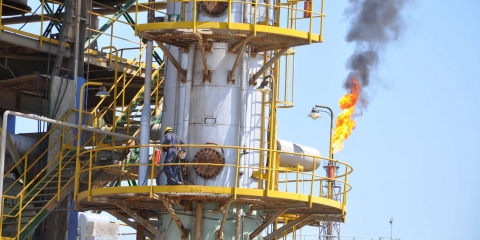How religious movements gained the upper hand in Iraqi protests
After weeks of protests in the streets of Baghdad, Iraqi Prime Minister Haider al-Abadi on March 31 handed the parliament his plan for major ministerial changes to fight corruption. The pressure recently brought to bear on Abadi grew from an unusual, arm's-length alliance between religious and secular groups. In July, religious groups in Iraq such as the Sadrist […]Adnan Abu Zeed writes for Al-Monitor:
After weeks of protests in the streets of Baghdad, Iraqi Prime Minister Haider al-Abadi on March 31 handed the parliament his plan for major ministerial changes to fight corruption. The pressure recently brought to bear on Abadi grew from an unusual, arm's-length alliance between religious and secular groups.
In July, religious groups in Iraq such as the Sadrist movement allied with nonreligious civil movements to take to the streets and call for governmental reform, accountability of corrupt officials and improved services. These protests were termed secular because they criticized the clergy’s interference in politics and called for separation of church and state.





